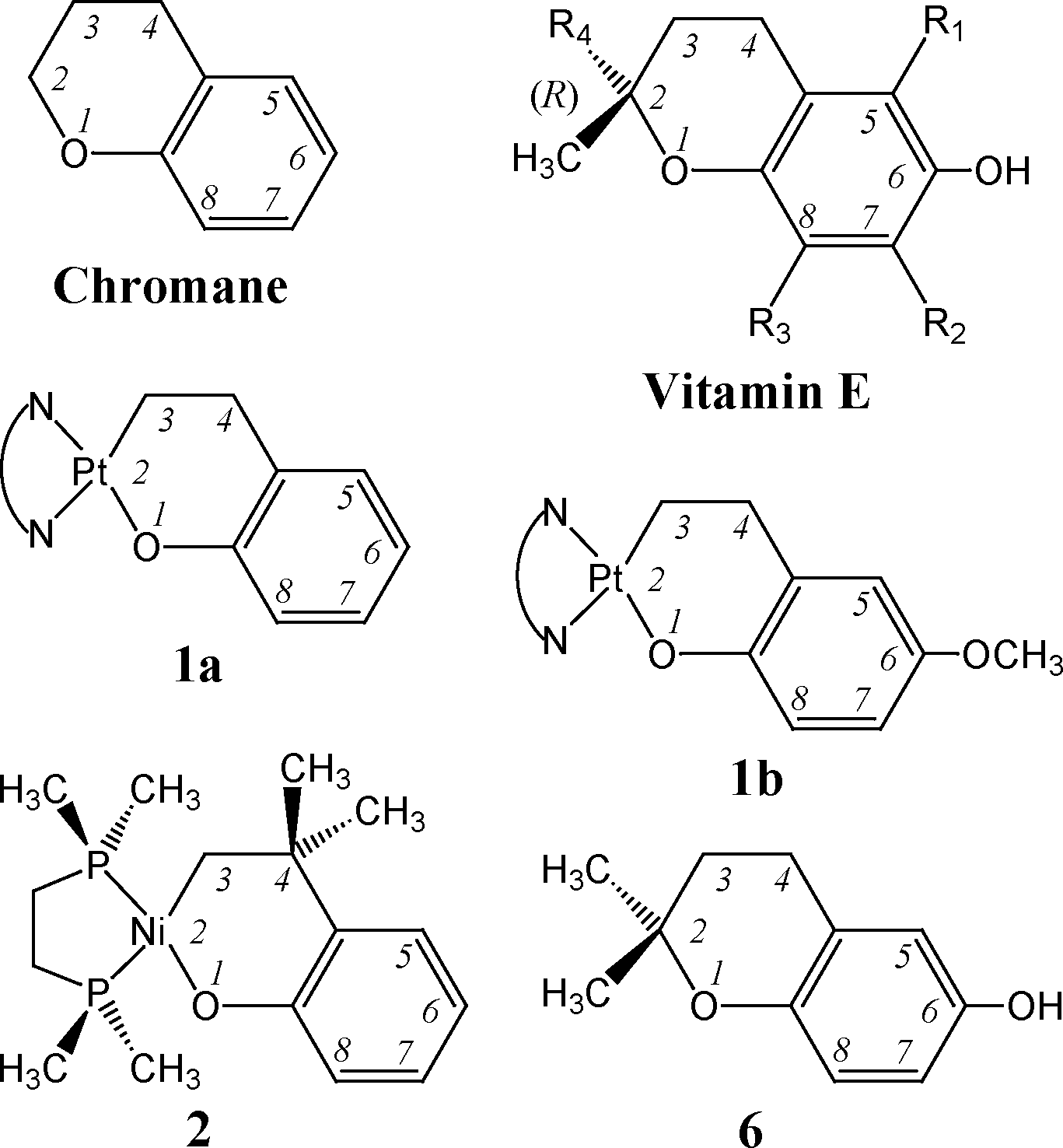Tocotrienol
CAS number: 6829-55-6
(R)-3,4-Dihydro-2-methyl-2-(4,8,12-trimethyl-3,7,11-tridecatrienyl)-2H-1-benzopyran-6-ol is a diterpenoid.
Related images
Related Questions and Answers
A: The presence of tocotrienols in H. perforatum inflorescences suggests that this plant could be a valuable source for pharmaceutical applications. The high bioactive potential of tocotrienols could enhance the medicinal value of H. perforatum, making it useful for developing new treatments for cognitive decline, osteoporosis, DNA damage, and cancer prevention or co-therapy.
A: The study found that 70.0–90.0% ethanol hydroethanolic solutions are sufficient for the industrial production of tocotrienol-rich extracts from H. perforatum. These concentrations showed significant recovery rates of tocotrienols, especially δ-T3. Lower ethanol concentrations (below 60.0%) were inefficient for tocotrienol extraction but could be used for re-extraction with 96.2% ethanol to improve recovery.
A: The study found that H. perforatum inflorescences contain tocopherols (Ts) and tocotrienols (T3s), with δ-T3 (45%) and α-T3 (19%) being the main tocotrienols, and α-T (24%) and γ-T (7%) being the main tocopherols. The presence of tocotrienols in H. perforatum inflorescences is significant, making it a novel source of these compounds.
A: Vitamin E, particularly tocopherols, has been shown to reduce neuroinflammation by modulating inflammatory signaling pathways and reducing the activation of microglia. It also reduces oxidative stress by scavenging reactive oxygen species (ROS) and reactive nitrogen species (RNS), thereby preventing lipid peroxidation and maintaining cellular integrity. These effects contribute to neuroprotection and may delay the progression of neurodegenerative diseases.
A: Tocopherols, particularly α-tocopherol, are associated with improved cognitive function and reduced oxidative stress. They are preferentially retained in tissues and have a higher bioavailability. Tocotrienols, on the other hand, have shown potential in reducing neuroinflammation and protecting white matter, despite their lower bioavailability. The specific mechanisms and benefits of tocotrienols are still being explored, but they may offer complementary effects to tocopherols in brain health.
A: Tocotrienol and tocopherol supplementation have been shown to improve cognitive performance, reduce neuroinflammation, and protect brain structure. Tocopherols, particularly α-tocopherol, are associated with better cognitive outcomes and reduced oxidative stress. Tocotrienols, while less studied, show promise in protecting white matter and reducing neurodegenerative markers. Combined supplementation may offer synergistic benefits for brain health.
